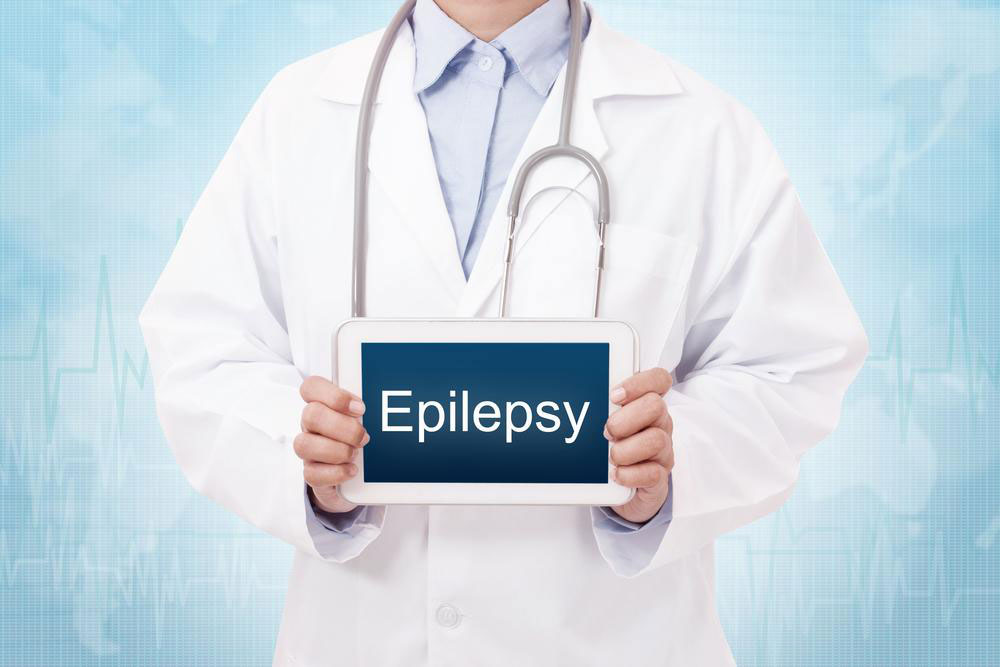Comprehensive Guide to Recognizing Symptoms of Different Seizure Types
This comprehensive guide explores the various types of seizures, their symptoms, and what to look for. Understanding seizure symptoms is crucial for timely diagnosis and effective treatment, improving quality of life for patients. Learn about focal and generalized seizures, their unique signs, and how to recognize medical emergencies associated with epilepsy. This detailed overview is essential for patients, caregivers, and healthcare providers aiming to enhance early detection and management of seizure disorders.

Comprehensive Guide to Recognizing Symptoms of Different Seizure Types
Medical research and technological advancements over recent decades have greatly enhanced our ability to diagnose, treat, and manage a wide array of health conditions. Among these, neurological disorders such as seizures continue to pose significant challenges due to their complex nature and diverse presentations. Understanding the various symptoms associated with different types of seizures is crucial for timely diagnosis and effective intervention. Seizures are episodes caused by abnormal electrical activity in the brain that temporarily disrupt normal neural function, often leading to a wide range of physical and behavioral symptoms.
Most seizures last around one minute, but their impact can be profound, causing not just physical discomfort but also emotional distress for patients and their loved ones. The proper identification of seizure types is essential for appropriate treatment plans, as symptoms can vary considerably depending on the specific classification. Broadly speaking, seizures are categorized into focal (also known as partial) seizures and generalized seizures, each with distinct characteristics and clinical manifestations.
Focal Seizures
Focal seizures originate in a specific part of the brain, affecting only a localized region during the episode. These seizures are quite common among epilepsy patients and often present with subtle symptoms that can be easily overlooked if not properly understood. Focal seizures are further divided into simple and complex categories based on whether consciousness is impaired during the event.
Simple Focal Seizures
In simple focal seizures, patients remain conscious and aware of their surroundings. The symptoms are often sensory or motor in nature. Affected individuals might experience strange, surreal sensations such as unusual smells (phantosmia) or tastes (dysgeusia). Many report a rising sensation in the stomach, similar to the sensation of a roller coaster ride, which is sometimes referred to as a gastric aura. Temporal lobe focal seizures can also manifest as déjà vu, tingling sensations, or muscle stiffness. These seizures often serve as warning signs—known as auras—that precede more intense episodes.
Complex Focal Seizures
When a focal seizure progresses to affect consciousness, it is classified as a complex focal seizure. During these episodes, individuals may lose awareness and memory temporarily. Common behaviors during complex focal seizures include lip-smacking, repetitive hand rubbing, or other automatisms—meaning repetitive, unconscious movements like fiddling with objects or chewing motions without food present. Vocalizations such as humming, grunting, or laughing can occur, and some individuals adopt unusual postures or behaviors such as gagging. These symptoms can sometimes be mistaken for psychological issues but are purely physiological manifestations of abnormal brain activity.
Generalized Seizures: The Whole Brain’s Disruption
Unlike focal seizures that originate in one brain area, generalized seizures involve both hemispheres of the brain simultaneously. They typically result from widespread nerve misfiring, leading to more conspicuous clinical signs. There are six primary types of generalized seizures, each with distinctive symptoms and mechanisms.
Tonic-Clonic (Grand Mal) Seizures
This is perhaps the most recognizable seizure type, characterized by muscle stiffening (tonic phase) followed by rhythmic jerking movements (clonic phase). During a tonic-clonic seizure, individuals may lose consciousness, fall to the ground, and experience incontinence such as loss of bladder or bowel control. Breathing may become irregular, and tongue biting is common. Recovery afterward can involve confusion, fatigue, and a deep sleep called a post-ictal state.
Clonic Seizures
Clonic seizures primarily involve rhythmic, jerking movements affecting various muscle groups, often limited to the face, neck, or arms. These seizures are characterized by rapid, repetitive muscle contractions without the stiffening phase seen in tonic-clonic seizures.
Tonic Seizures
Common in conditions like Lennox-Gastaut syndrome, tonic seizures result in sustained muscle stiffening that can last over two minutes. During these episodes, patients often fall if standing, due to sudden loss of muscle control. These seizures may be hard to recognize without proper medical evaluation but can be dangerous, especially if they occur while standing or in dangerous environments.
Atonic Seizures
Sometimes called drop attacks, atonic seizures involve sudden loss of muscle tone, leading to a fall or collapse. Individuals may be injured during these episodes if they are unsteady or standing. Atonic seizures are often associated with syndromes like Dravet syndrome and require careful management to prevent injuries.
Myoclonic Seizures
Myoclonic seizures are characterized by brief, shock-like muscle jerks or stiffening. These sudden jerks can affect one or more muscle groups simultaneously and are sometimes mistaken for involuntary twitching or muscle spasms. They tend to occur shortly after awakening or during periods of alertness.
Absence (Petit Mal) Seizures
Absence seizures primarily affect children and are marked by a brief lapse in awareness. Affected individuals may appear to stare blankly, with their eyes rolling back or fluttering. They often do not fall or have convulsions but may experience subtle signs such as eyelid flickering or brief twitching. These episodes usually last only a few seconds but can occur multiple times a day, impacting learning and social interactions.
Importance of Recognizing Seizure Symptoms
Early recognition and understanding of seizure symptoms are essential for prompt medical intervention. Misdiagnosis or delayed diagnosis can lead to inadequate treatment, increased risk of injury, and other complications. If you observe signs indicative of any seizure type—such as unusual movements, altered consciousness, or sensory disturbances—seeking immediate medical attention is crucial. Proper diagnosis often involves neurological examinations, EEG monitoring, and imaging studies like MRI to determine the seizure type and underlying cause.
Managing seizures effectively involves medication, lifestyle adjustments, and sometimes surgical options. In addition, educating patients, families, and caregivers about identifying seizures symptoms ensures better preparedness and safety measures.
Overall, increased awareness and understanding of seizure types and their symptoms are vital steps towards improved epilepsy management and patient quality of life.





